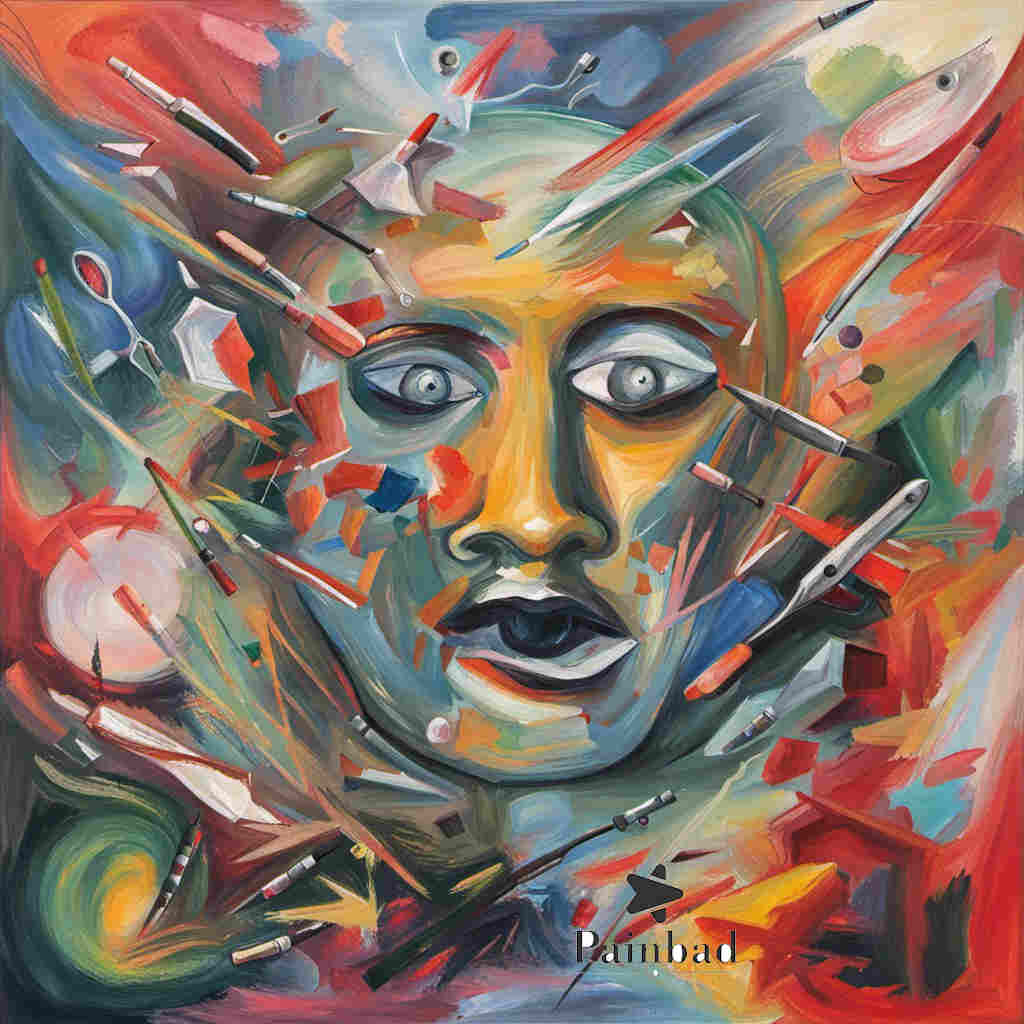Sure, let’s break down how Cognitive Behavioral Therapy (CBT) works for Obsessive-Compulsive Disorder (OCD), its effectiveness, and take a look at the book “Brain Lock” by Dr. Schwartz.
How CBT for OCD Works
CBT is like a super cool tool for dealing with OCD. It’s based on the idea that our thoughts, feelings, and actions are all connected. So, when you have OCD, you get these crazy thoughts (obsessions) that make you super anxious. To calm that anxiety, you do things (compulsions) like washing your hands a bazillion times. But guess what? Those compulsions don’t really help and actually make things worse.
CBT helps you break this cycle. A therapist will guide you to face your fears (those scary thoughts) and slowly stop doing those rituals. It’s like telling your brain, “Hey, these thoughts aren’t that scary after all!” This helps your brain stop sounding the false alarm bells all the time.
Effectiveness of CBT for OCD
Guess what? CBT is like a superhero for fighting OCD. Studies show that it’s really effective in reducing obsessions and compulsions. It’s like training your brain to be a little less OCD and a lot more chill. But remember, it’s not a quick fix. It takes time and practice.
Drawbacks of CBT for OCD
CBT is great, but it’s not perfect. Sometimes, facing your fears can be really tough and make you super anxious at first. It’s like going to the gym – it’s hard work before you see results. Also, finding a good therapist who knows CBT for OCD might be a bit of a challenge. Plus, everyone’s different, so what works for one person might not work as well for another.
Exploring “Brain Lock” by Dr. Schwartz
Dr. Jeffrey Schwartz wrote a cool book called “Brain Lock.” He talks about how our brains get stuck in this OCD loop. It’s like your brain gets locked on these obsessive thoughts, and you can’t let go. But guess what? Dr. Schwartz gives you the key to break free.
He talks about a 4-step plan:
- Relabel: This is about recognizing those crazy thoughts as OCD, not reality. It’s like saying, “Hey, brain, you’re just playing tricks on me!”
- Reattribute: Dr. Schwartz says your brain’s got a bit mixed up. You’re not your thoughts. So, you learn to see those thoughts as glitches in your brain’s wiring, not your true self.
- Refocus: Instead of doing those compulsions, you learn to shift your focus to something else. Like, you distract your brain with something fun or important.
- Revalue: This step’s all about realizing that OCD thoughts are kind of nonsense. They’re not as important as they pretend to be.
Dr. Schwartz’s book is like a guide to rewire your brain and unlock it from OCD’s grip.
Conclusion
CBT for OCD is like a smart way to train your brain to fight those crazy obsessions and compulsions. It’s effective, but it can be tough and might not work the same for everyone. “Brain Lock” by Dr. Schwartz is a book that dives into a 4-step plan to free your brain from the OCD loop. So, if you’re looking to break those mental chains, CBT and “Brain Lock” could be your buddies on that journey.
References
- American Psychological Association. (2017). Cognitive Behavioral Therapy. Retrieved from https://www.apa.org/ptsd-guideline/patients-and-families/cognitive-behavioral
- Schwartz, J. M. (1997). Brain Lock: Free Yourself from Obsessive-Compulsive Behavior. HarperCollins.

